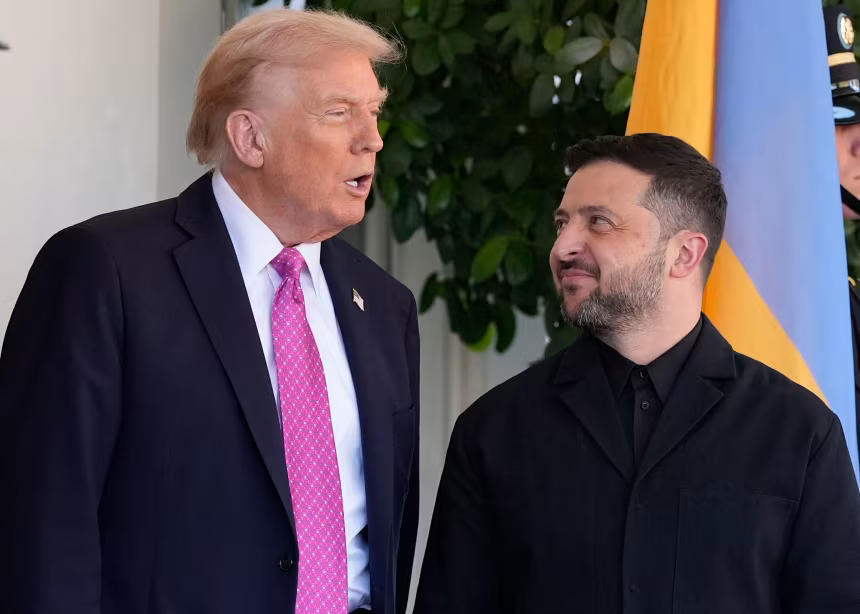New Prospects for Peace: Positive Developments in US-Ukrainian Relations

The ongoing conflict between Ukraine and Russia continues to dominate global headlines, but recent diplomatic exchanges between US President Donald Trump and Ukrainian President Volodymyr Zelensky present a promising, albeit cautious, shift in the dialogue surrounding the resolution of hostilities. Despite underlying tensions, notable advancements indicate a stabilizing trajectory for Ukraine's position on the international stage.
A Cautious Ceasefire Proposal
In a noteworthy gesture, President Trump has suggested a potential ceasefire along current battle lines, stating, “They should stop where they are.” This statement, while not an outright commitment, signifies a potential watershed moment for Ukraine, aligning with President Zelensky’s calls for peaceful discussions. At a recent news conference, Zelensky emphasized the importance of opening channels for dialogue, reflecting a shared commitment to exploring diplomatic avenues amidst turbulence.
Military Support and New Realities
The conversations surrounding military support have shifted significantly, with Trump acknowledging the capabilities of Ukraine’s arms technology, including the advanced drone systems being utilized effectively against Russian forces. This recognition not only validates Ukraine's military ingenuity but also reinforces the strategic importance of Western technology in the conflict. However, the discussions regarding Tomahawk missile supplies illustrate a complex mix of support and restraint, highlighting the delicate balance of military diplomacy at play.
Ukraine's Resilience Amid Challenges
Despite the pressures of winter and the ongoing military operations from Russia, Ukraine has managed to hold key territories, a striking testament to its resilience. The geographic dynamics of the battlefront have shifted, with Ukrainian forces maintaining control in strategic areas. This situation raises critical questions for Russia, particularly regarding its capacity to sustain an extended conflict through the harsh winter months, as logistical challenges mount. Ukraine's ability to adapt and innovate in the face of adversity presents a beacon of hope not only for its citizens but also for its allies who support their struggle for sovereignty.
In conclusion, while there remain significant hurdles in the quest for peace in Eastern Europe, recent developments among US and Ukrainian leadership indicate a proactive approach that could pave the way for more constructive dialogue. As both nations continue to navigate this complex landscape, the emphasis on diplomacy and improved military strategy suggests that a brighter, more stable future may be on the horizon for Ukraine.